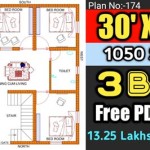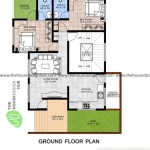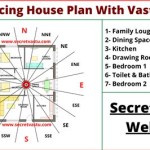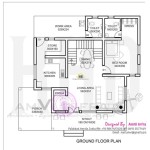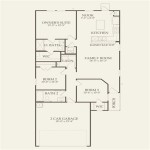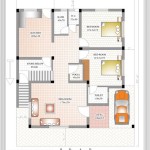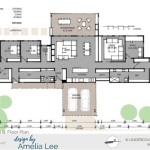Home Floor Plans With Building Cost: A Comprehensive Guide
Building a home is a significant investment that requires careful planning and budgeting. Understanding the essential aspects of home floor plans and their associated building costs is crucial for informed decision-making.
Floor Plan Basics
A floor plan is a scaled drawing that outlines the layout of a building's interior. It includes rooms, walls, windows, doors, and other structural elements. Floor plans are essential for visualizing the home's design, determining space usage, and calculating construction costs.
Building Codes and Regulations
All building plans must adhere to building codes and regulations established by local authorities. These codes ensure safety, structural integrity, and environmental sustainability. Before finalizing a floor plan, it is essential to consult with local building officials to ensure compliance.
Building Cost Estimates
Building costs vary significantly based on factors such as the size of the home, materials used, and complexity of the design. To prepare accurate cost estimates, it is advisable to engage the services of a professional architect or builder. They can provide detailed itemized cost breakdowns based on the specific requirements of the floor plan.
Cost Considerations
Materials: Materials account for a substantial portion of building costs. Choose materials that balance affordability, durability, and aesthetic appeal.
Labor: Labor costs depend on the complexity of the design and the prevailing wage rates in your area. Skilled tradespeople, such as carpenters and plumbers, typically command higher fees.
Appliances and Fixtures: Appliances and fixtures, including cabinetry, countertops, and lighting, can add up to significant expenses. Consider a range of options to find a balance between functionality and budget.
Site Preparation: Site preparation includes excavation, grading, and foundation work. The cost of these activities can vary depending on the topography and soil conditions of the building site.
Selecting a Floor Plan
When selecting a floor plan, consider factors such as:
- Lifestyle and needs: Choose a plan that accommodates your family's current and future needs.
- Space requirements: Determine the number of bedrooms, bathrooms, and other living spaces required.
- Energy efficiency: Consider plans that incorporate energy-saving features, such as passive solar design and high-performance windows.
- Lot size and orientation: Ensure the floor plan is compatible with the lot size and orientation to maximize natural light and outdoor living.
Working with an Architect
Hiring an architect can help optimize the floor plan design and ensure accuracy in cost estimates. Architects can provide:
- Custom designs: Tailored to your specific needs and preferences.
- Building code compliance: Ensure adherence to all relevant codes and regulations.
- Cost analysis: Provide detailed cost estimates based on different material and design options.
Conclusion
Understanding the essential aspects of home floor plans and building costs is paramount for successful home building projects. By carefully considering factors such as building codes, material costs, labor rates, and design requirements, you can create a detailed floor plan that meets your needs and budget. Working with an architect can enhance the planning process and ensure a smooth construction experience.

Est House Plans To Build Simple With Style Blog Eplans Com

Est House Plans To Build Simple With Style Blog Eplans Com

Low Budget Simple House Design Plans For Builders Blog Builderhouseplans Com

Steel Home Kit S Low On Metal Houses Green Homes Building House Plans

Stylish And Simple Inexpensive House Plans To Build Houseplans Blog Com

29 Lakhs Cost Effective 4 Bedroom Home With Free Plan Kerala Plans Building House Layout

Stylish And Simple Inexpensive House Plans To Build Houseplans Blog Com
Free House Plans Blueprints Civiconcepts

How Much Do 3d House Plans Cost Faqs Answered Cedreo

House Cost Estimator To Build A Home Building

